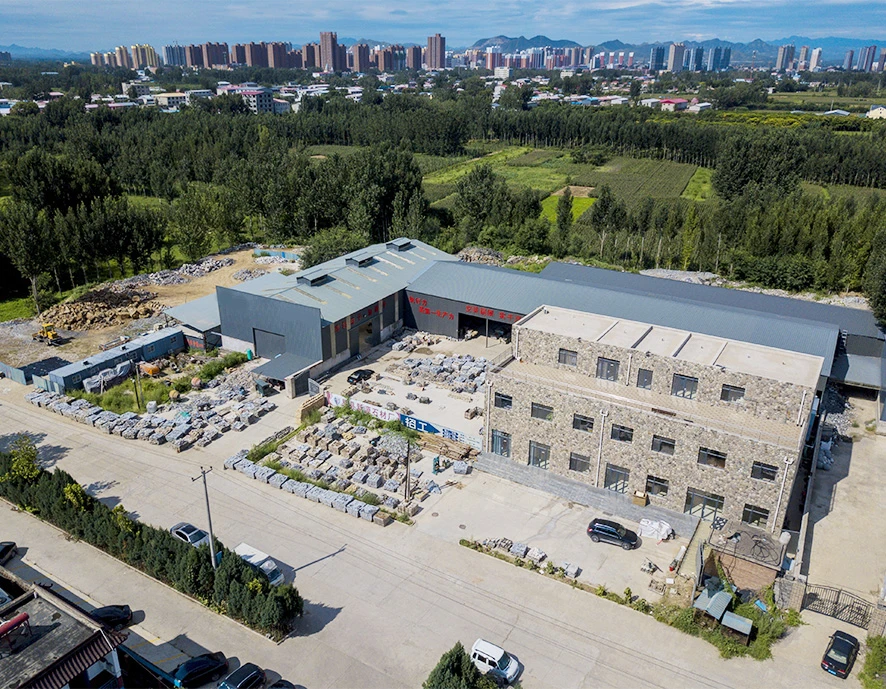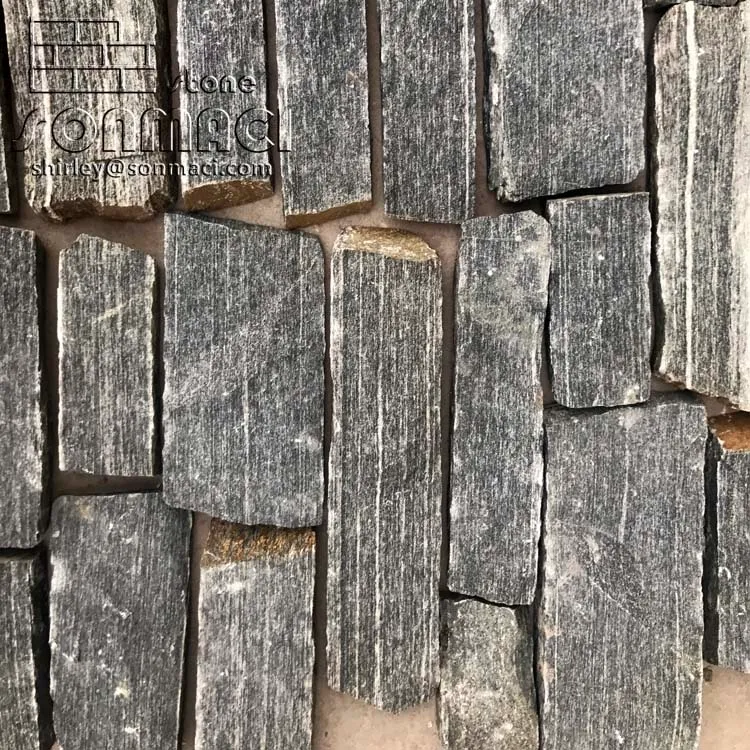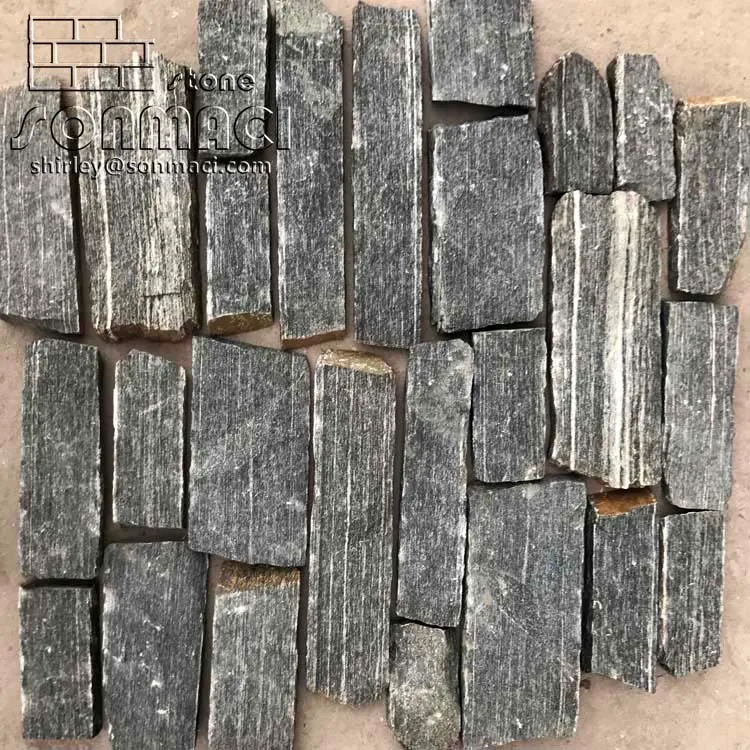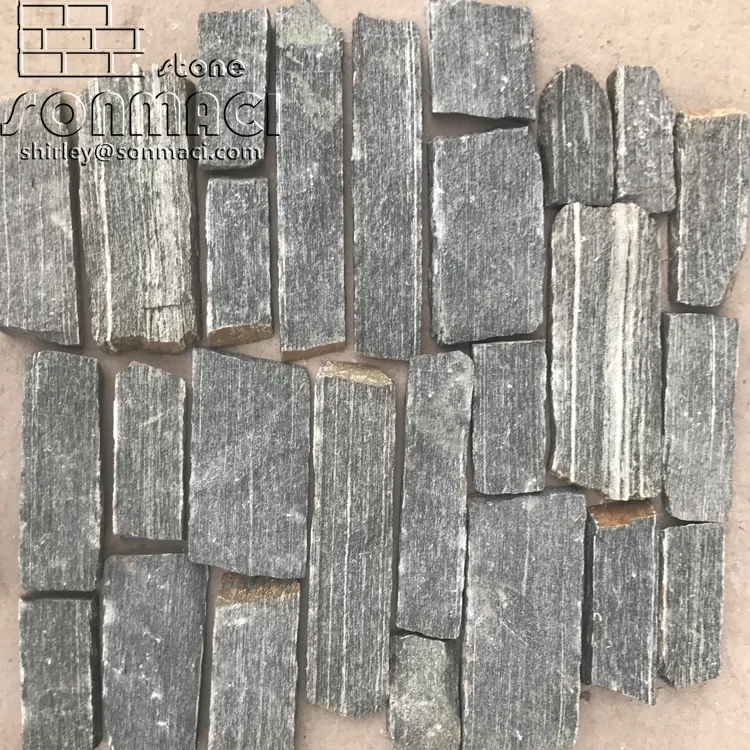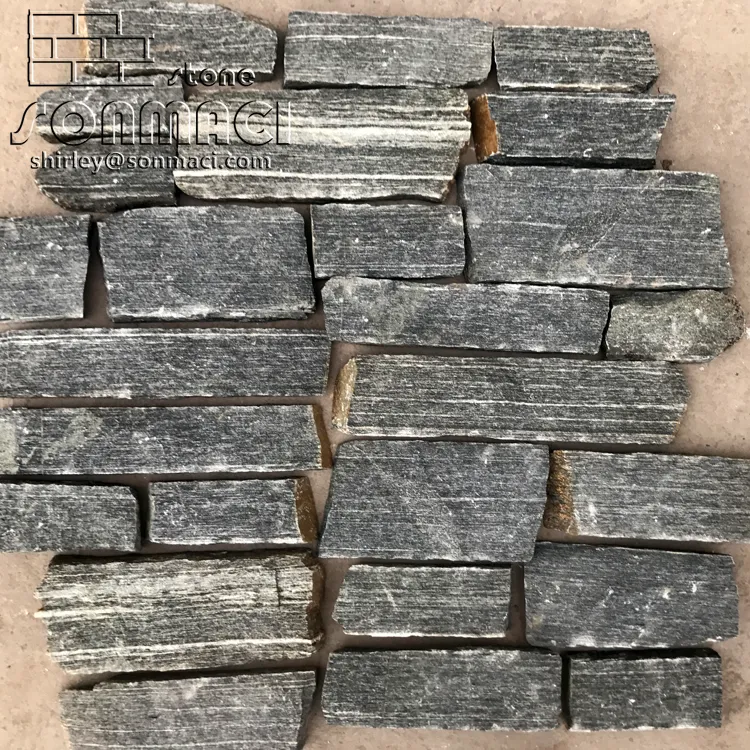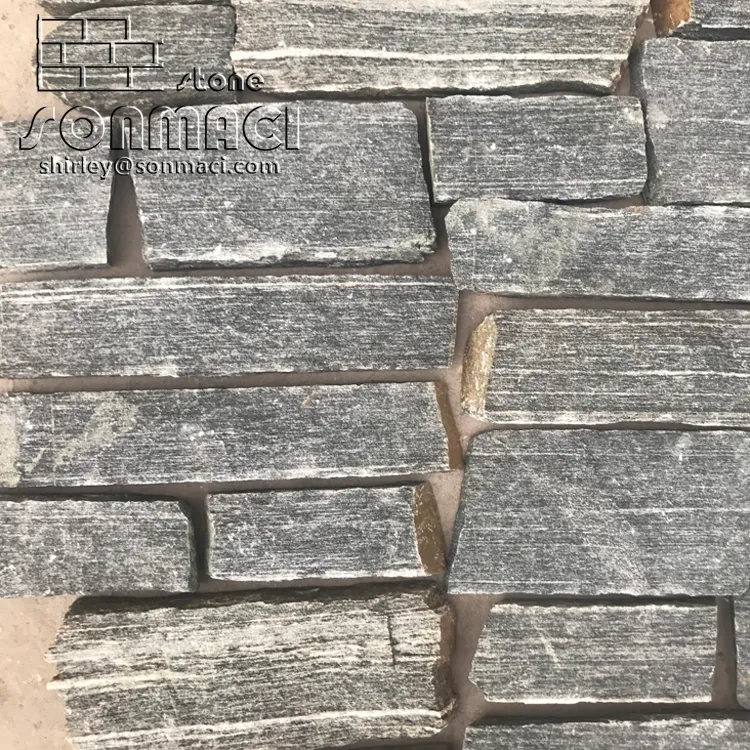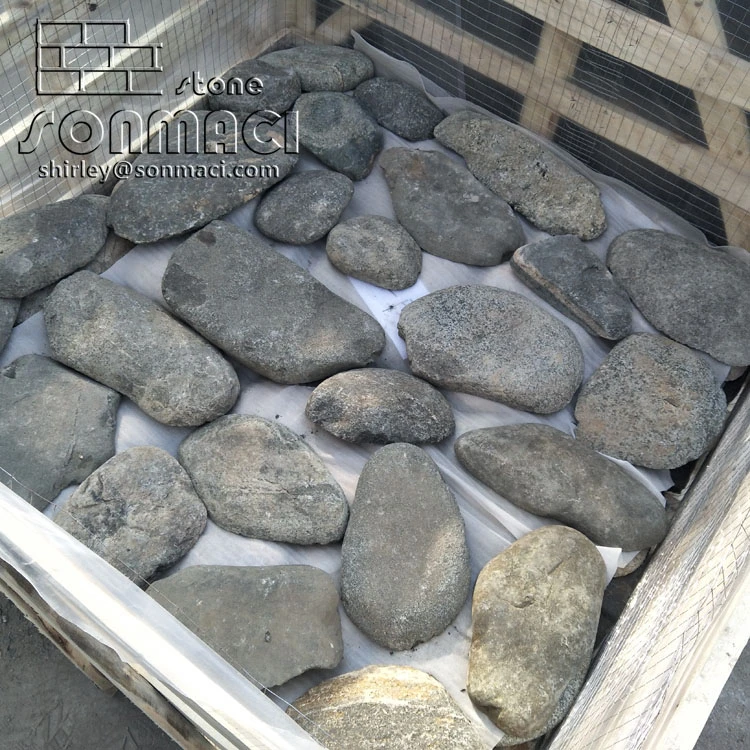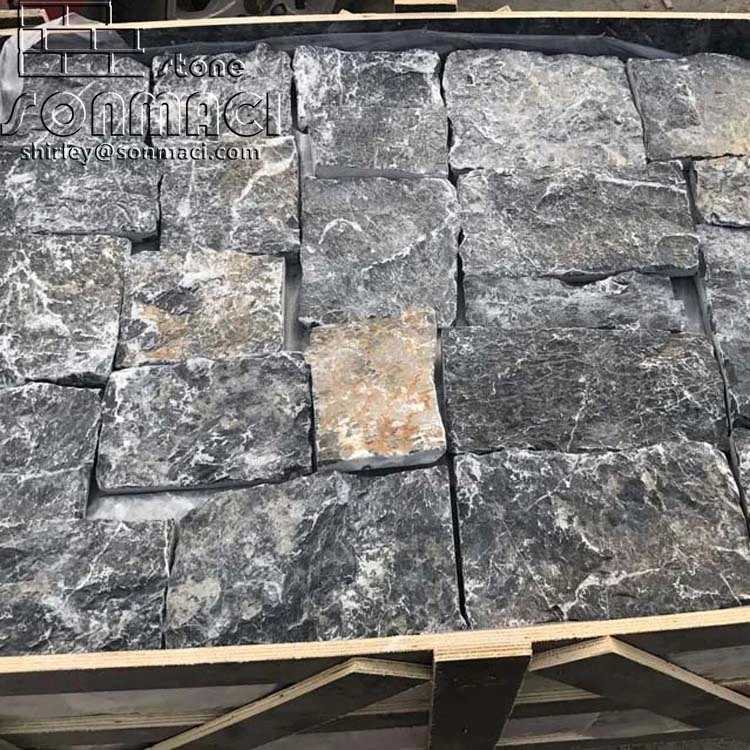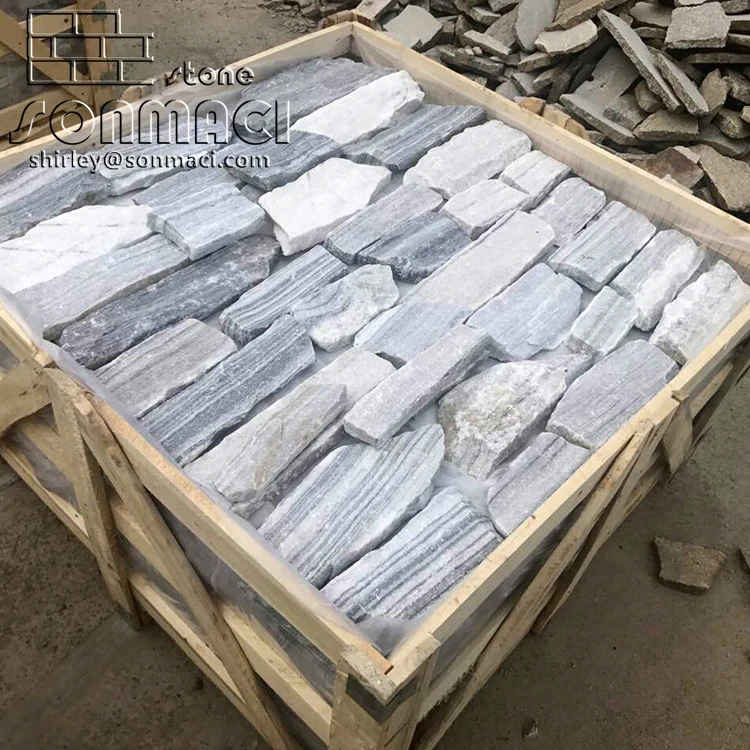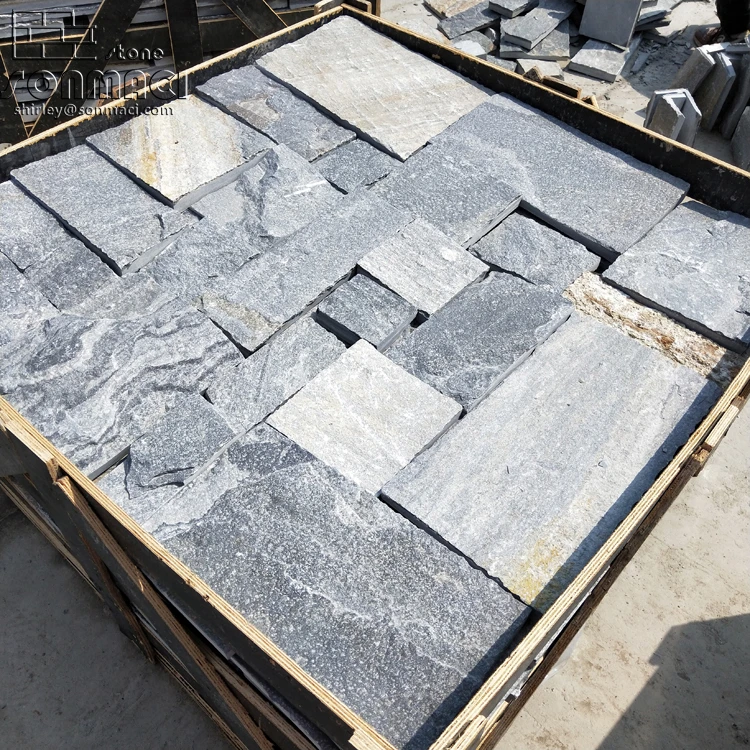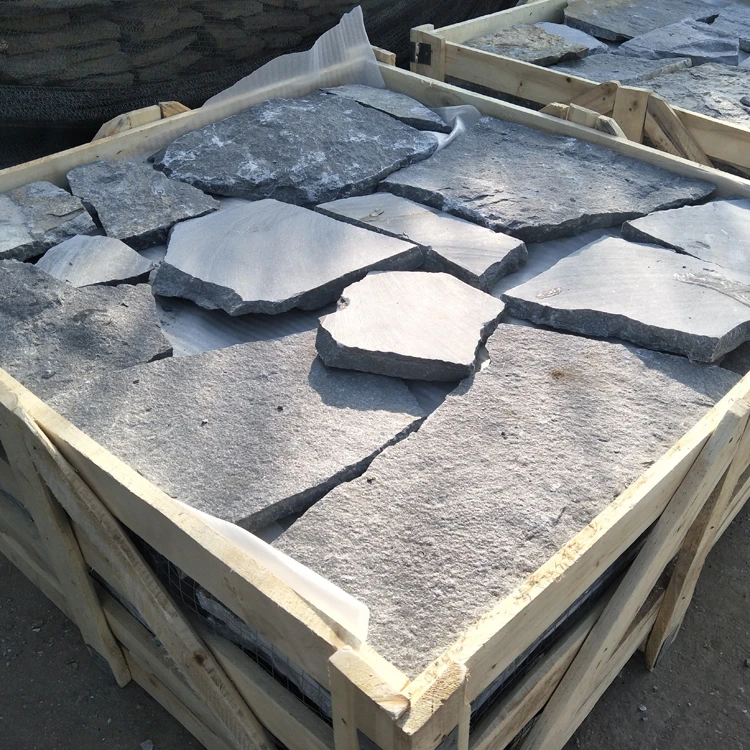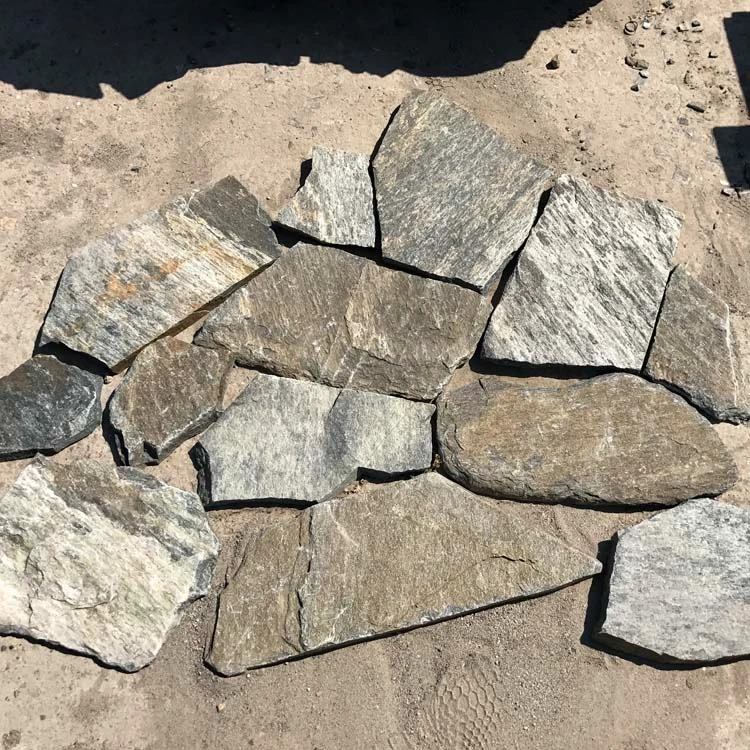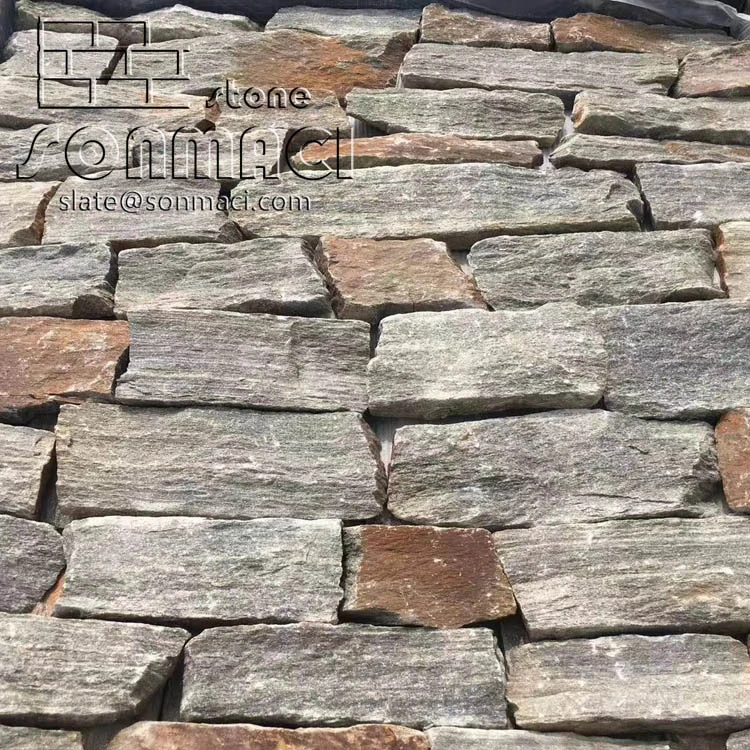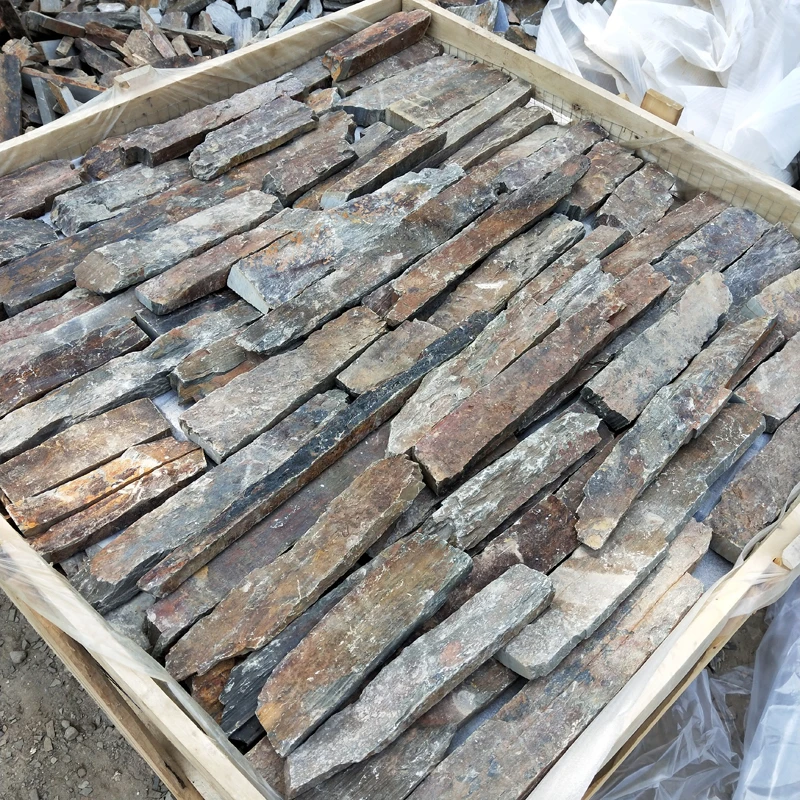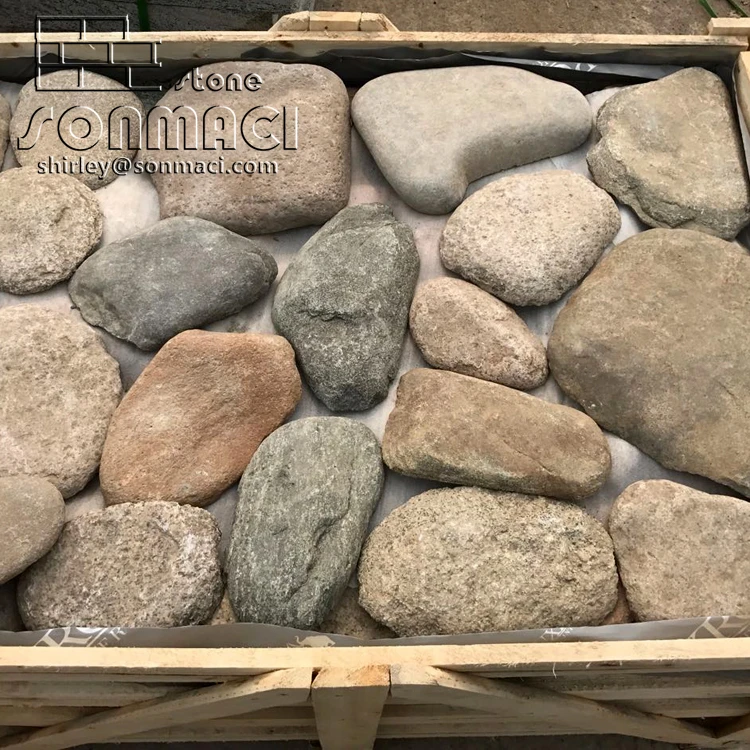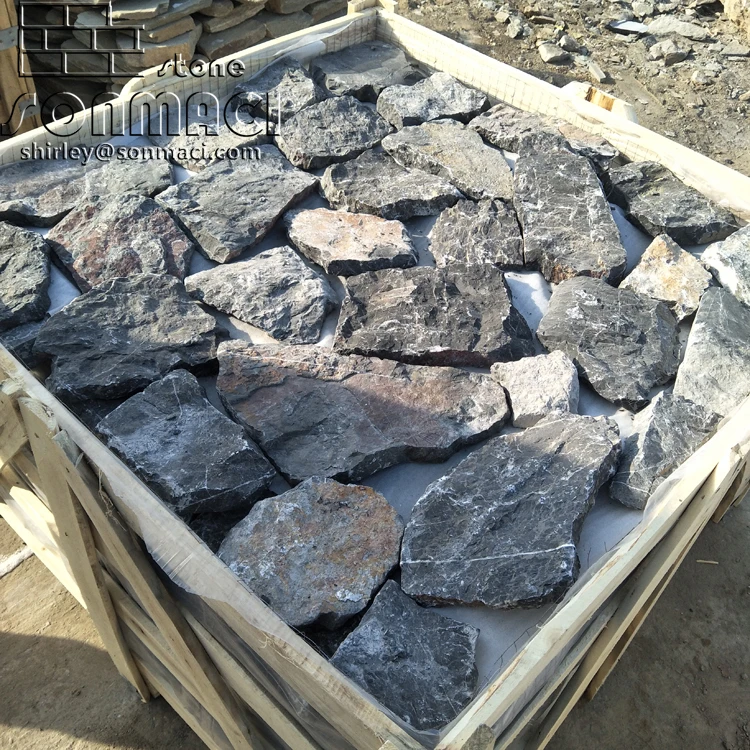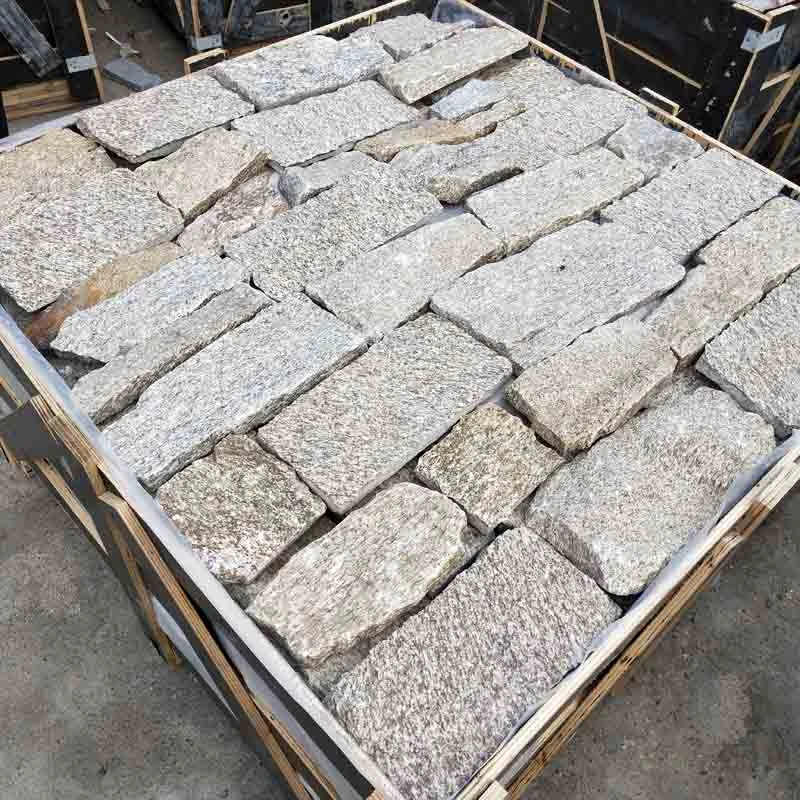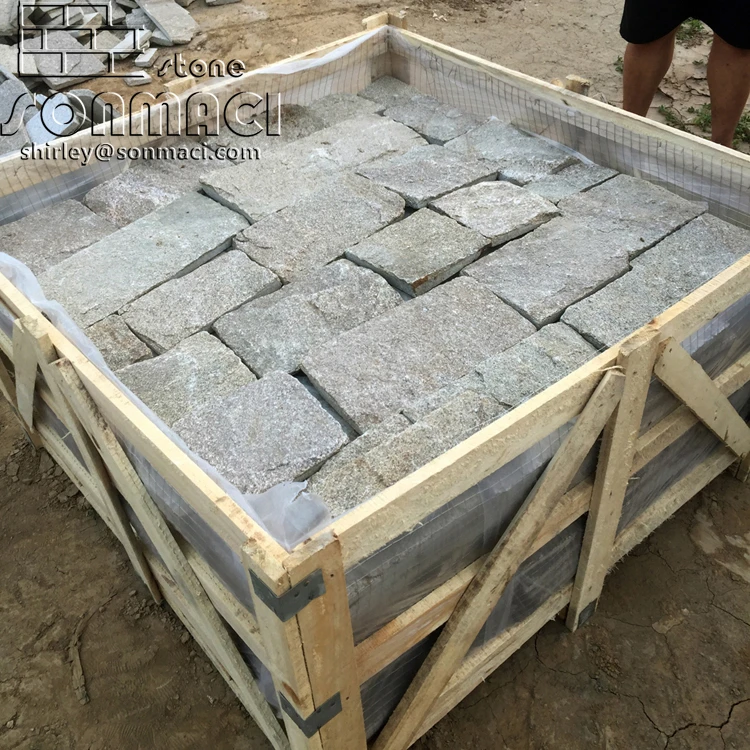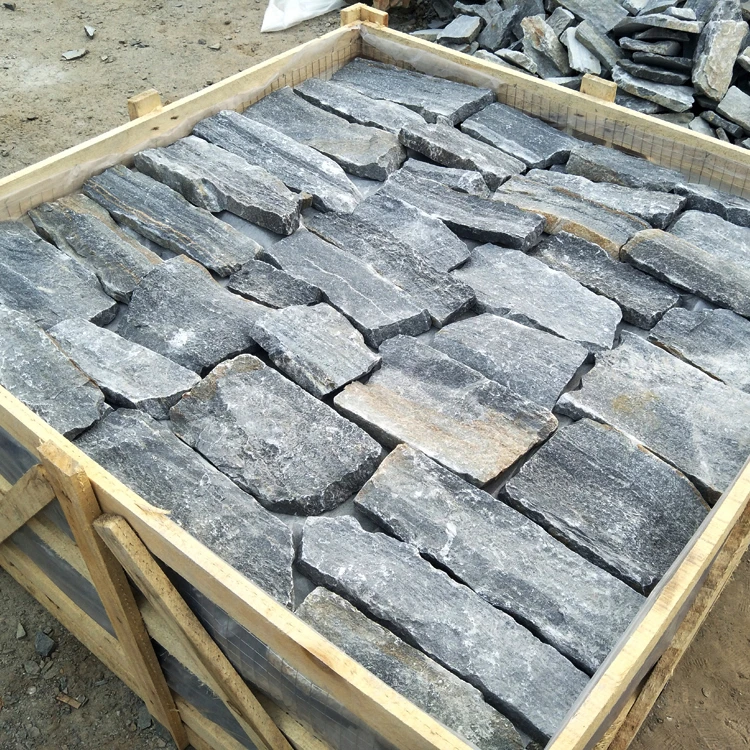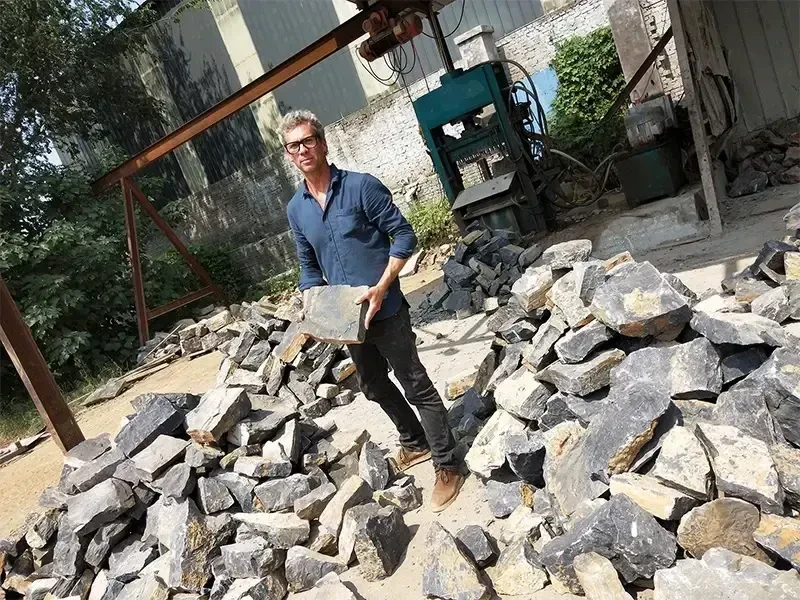Azulejos de revestimiento de piedra natural para la decoración de edificios
|
Nombre del producto |
Natural Stone Cladding Tiles for Building Decoration |
|
Material: |
Piedra natural, pizarra, cuarzo, arenisca, caliza, travertino, Granito, mármol |
|
Lugar de origen |
Provincia de Hebei, China |
|
Colores de piedra |
Gris, beige, negro, blanco, oxidado, verde, etc. |
|
Tipo |
Tiras Rectángulo Cuadrado Irregular |
|
Tamaño |
Largo: 2"-14" Ancho: 1"-6" |
|
Espesor |
1"-1.4" |
|
Peso |
Aproximadamente 60 kg/m² |
|
Acabado de superficies |
Corte dividido/a máquina |
|
Uso |
Decoración de paredes/Revestimiento de paredes |
|
Embalaje |
Cajas de madera resistentes fumigadas o cajas libres de fumigación o según los requisitos del cliente. |
|
Capacidad de 20 pies: |
15M2/Cajas 26 Cajas/20 GP 390 M2/20GP o según los requisitos del cliente |
|
Condiciones de pago: |
Transferencia bancaria, Western Union, Paypal, etc. contra la copia del conocimiento de embarque |
|
Mercado de exportación: |
Europa, Australia, Oriente Medio, América, etc. |
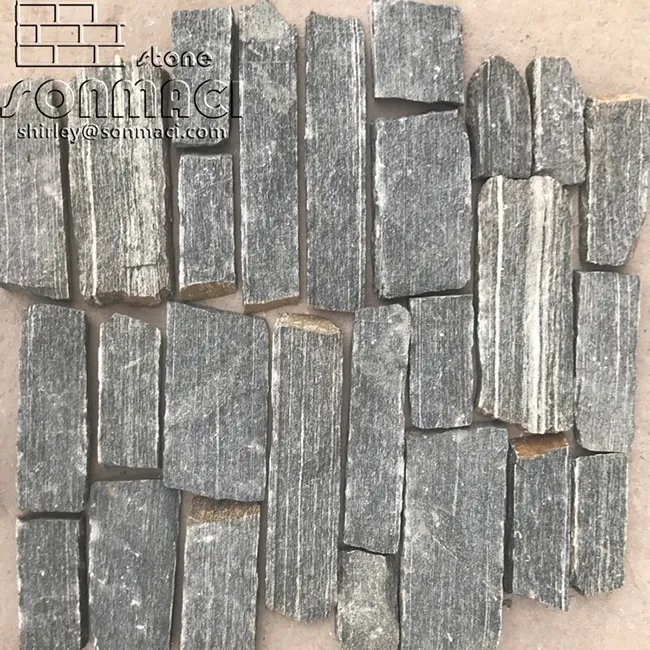
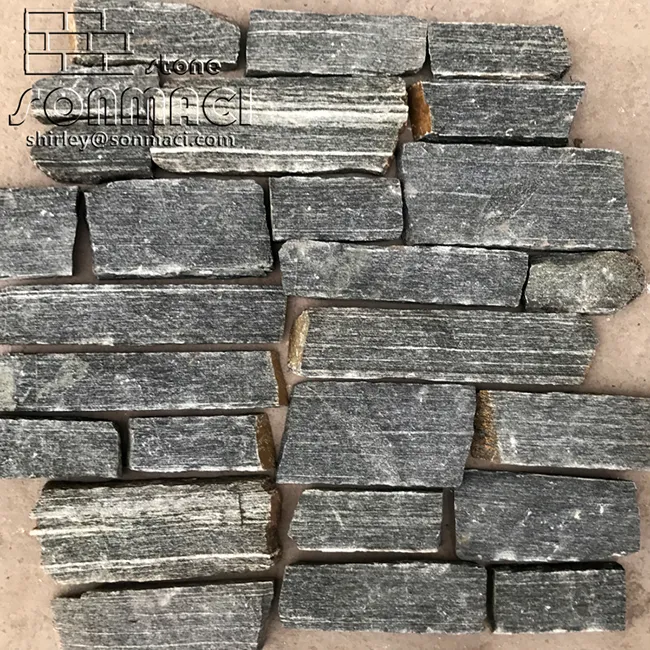
Selecting Natural Stone Wall Cladding Tiles
Choosing the perfect natural stone wall cladding tile is an exercise in balancing aesthetics, functionality, and architectural vision. Each stone variety carries its own geological personality—a unique combination of color variation, surface texture, and mineral patterning that will fundamentally shape the character of your space. The selection process requires careful consideration of how the stone's innate qualities interact with light, space, and human perception to create environments that feel simultaneously grounded and extraordinary.
Material choice forms the foundation of this decision, with each stone type offering distinct advantages. Sandstone cladding tiles bring warm, earthy tones and a slightly porous texture that develops a beautiful patina over time, their sedimentary layers telling a story of ancient riverbeds and desert winds. Limestone tiles offer a more uniform appearance with subtle fossil details, their creamy hues providing a refined backdrop that works equally well in traditional and contemporary settings. Slate tiles introduce dramatic color variations and a distinctive cleft texture, their metamorphic origins resulting in surfaces that play with light through undulating planes. For projects demanding ultimate durability, granite tiles provide nearly impervious surfaces with sparkling mineral deposits that catch the eye.
The finish applied to stone cladding tiles dramatically alters their visual impact and tactile experience. Honed finishes create smooth, matte surfaces that exude understated elegance, particularly effective in minimalist designs where stone serves as a quiet textural element. Thermal or bush-hammered finishes produce intentionally roughened surfaces that maximize slip resistance and create bold shadow patterns—ideal for exterior applications or feature walls seeking rustic authenticity. Polished finishes transform stone into reflective surfaces that amplify light, perfect for creating luminous interiors where the stone's crystalline structure becomes a focal point. For those seeking maximum geological character, natural cleft finishes preserve the stone's raw splitting plane, showcasing the material exactly as it emerged from the quarry.
Tile format and sizing significantly influence the overall design narrative. Large-format stone tiles create sleek, contemporary surfaces with minimal grout lines that emphasize the stone's natural veining and movement. Mosaic tiles allow for intricate patterns and gradations of color, turning walls into geological tapestries. Irregular tile shapes mimic dry-stone wall constructions for organic, rustic appeal, while precision-cut modular tiles enable orderly installations with controlled variation. The thickness of cladding tiles also plays a crucial role—thinner tiles (10-20mm) work well for interior feature walls where weight is a concern, while thicker tiles (30mm+) provide the substantial presence required for exterior applications.
Practical considerations must harmonize with aesthetic goals when selecting stone cladding. For exterior installations, frost resistance and water absorption rates become critical factors—denser stones like granite and quartzite outperform more porous options in harsh climates. Interior applications should consider maintenance requirements, with some stones needing periodic sealing to preserve their appearance. The tile's backing system also warrants attention; some natural stone tiles now come with pre-applied mounting grids or adhesion promoters that simplify installation while maintaining the material's authentic face.
Light interaction transforms stone cladding from static surface to dynamic design element. Lighter colored stones with reflective particles (like certain marbles and quartzites) brighten spaces and make rooms feel more expansive. Darker stones with matte finishes absorb light, creating intimate, grounded atmospheres. The stone's texture dictates how it catches illumination—rough surfaces scatter light for soft, diffuse effects, while polished planes create dramatic highlights and reflections.
Selecting natural stone wall cladding tiles is an act of curation—identifying geological specimens that will enhance your architectural vision while standing up to practical demands. The best choices feel inevitable, as if the stone was always meant to occupy that particular space. When successful, the selected tiles don't just cover surfaces—they create environments that connect inhabitants to the earth's timeless beauty, offering daily encounters with materials that carry the weight and wonder of geological time.
